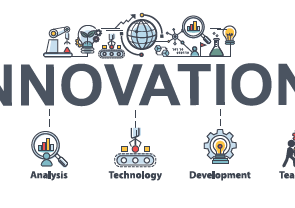University Students and Companies
In Germany, especially internationally well-known companies such as Siemens Global Technology Powerhouse would like to work with universities because of their innovation processes. For decades, close collaboration with universities has been a pillar of these companies. With these pillars – the contribution of students’ research findings on the development of innovative technologies that lead to new products and services – they have become the innovative leaders of the market.
Berges and Appel are just two of the 59 doctoral students who are working at Siemens Global Technology, where they have temporary, three-year job contracts. Today, Dominic Berges, who is 28 years old, will have to present his dissertation to the entire faculty of the Chair of High-frequency Engineering at Munich Technical University (TUM). He has done research at the research and development centres of the company on how new kinds of radio frequency identification (RFID) transponders could help to locate objects within the distance of less than one centimetre. With Berges’ application, many industrial issues could be solved in the near future.
Bergel and Appel won’t have completed their dissertations by the end of their contracts, but they will have contributed to a new development or even a new product at Siemens.
Dr Andreas Ziroff and his staff (including three doctoral students) are working on around 50 projects. He is in charge of research in High-frequency Solutions at Siemens CT.
The students’ support is therefore very vital to the company. ‘Doctoral students can immerse themselves in a topic over a period of months or even years. In addition to this, their findings might one day contribute to one of our new tracking systems,’ says Ziroff, who considers himself to be an idea provider. ‘Our doctoral students have to work independently and select their own study areas,’ Ziroff adds.
In order to share information on technological developments, it is very important for both universities and companies to work collaboratively.
Adapted from Siemens Website

